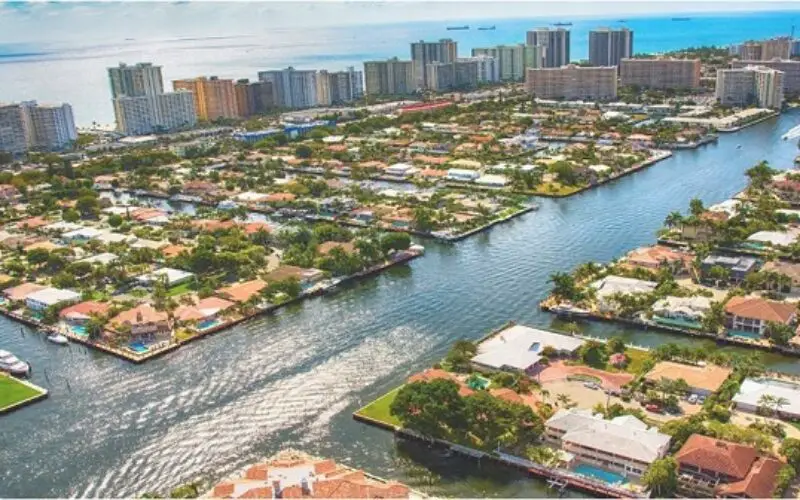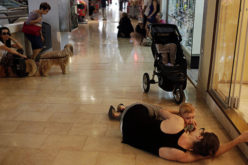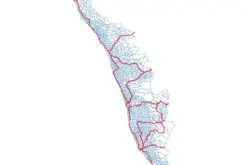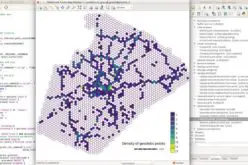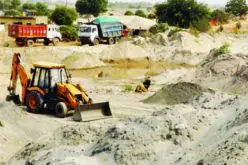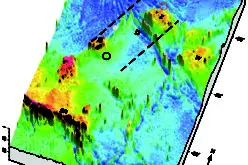About Author –
GeoCue Group Inc.
USA
www. geocue.com
Rising sea levels and high tides continue to make noticeable impacts on coastline communities and the environment. As a result, geospatial professionals and surveyors monitor affected areas. The overall goal is to accurately assess and prioritize solutions in the hopes of preventing future occurrences. With reports predicting the continuation of sea levels and high tides to rise, many cities bordering the coastline are concerned.
Seawalls are designed to prevent upland erosion and storm surge flooding. Coastline cities utilize seawall structures to help maintain these issues. Currently, Miami Beach, Florida has a total approximate length of 57 miles of seawalls. However, low-lying seawalls have contributed to many flooding events over the years.
In 2019, the City Commission of Miami Beach, Florida assigned the Department of Public Works to develop a strategy to monitor and encourage private property owners to reconstruct seawalls to address this ongoing issue.
Solution?
In conjunction with the City of Miami Survey Department, GIS Manager, Nestor Navarro, researched different data collection methods, both internal and external (i.e., consultant-manned aerial/boat LiDAR) to conduct this project. After further analysis, the research presented that the outsourcing methods were too expensive and soon realized drone collection would be the preferred method.
Photogrammetry vs Drone LiDAR
At first, Mr. Navarro considered conducting the project by drone photogrammetry using the DJI M200 partnered with GeoCue’s Loki GNSS PPK Direct Geo-positioning System. However, he quickly noted that using drone LiDAR for this project would give them the following advantages:
- ability to penetrate vegetation
- ability to conduct flights regardless of the weather conditions
- post-processing times are much faster
- point cloud generation is much faster
Following careful consideration and research, the Department of Public Works decided to use drone LiDAR collection method. By bringing this technology in-house, they were able to reduce cost, achieve the best quality, and avoid the need to access private properties.
True View 410 3DIS
Miami Beach, Florida invested in GeoCue’s TrueView 410 3D Imaging System allowing the ability to collect LiDAR and photogrammetry in a single flight.
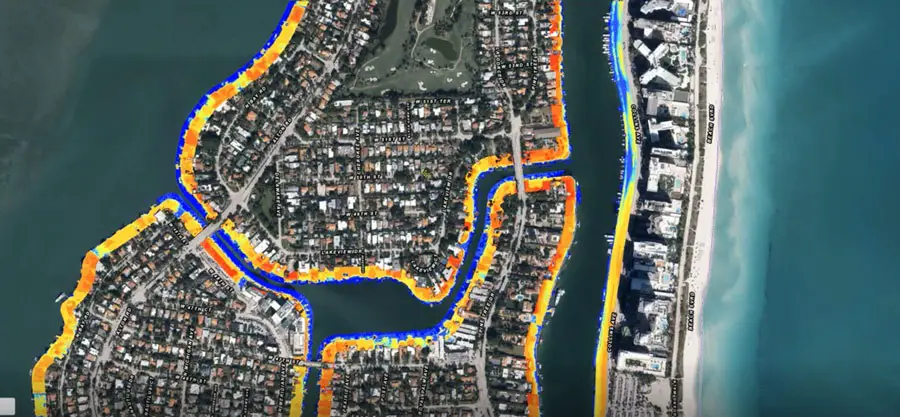
Project Scope
The team conducted a 57-mile drone LiDAR/imagery survey deploying their DJI M600 drone partnered with GeoCue’s TrueView 410 3DIS. With the collected LiDAR and imagery data, they were able to digitize approximately 2,500 sea walls in GeoCue’s EVO software and transferred elevation to each property presented in an ArcGIS database environment.
They were able to quickly generate colorized 3D point clouds, orthophotos, digital elevation models, digital terrain models, contours, elevation extractions, and more. These deliverables were compiled and transferred into a custom ArcGIS database environment. This database easily hosts and displays seawall elevations, jurisdictions, types, and owner-tied-to-control reports from TrueView capture.
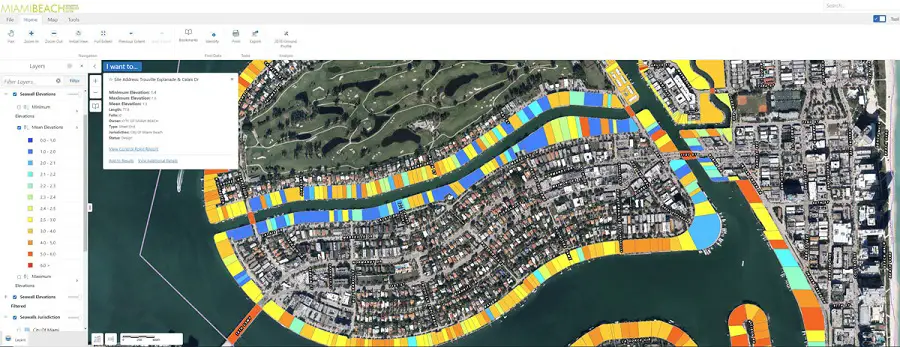
With this data, the City of Miami Beach Public Works was able to present its newly developed database to the commission in September 2021 and make suggestions based on its analytic drone LiDAR data to prevent future flooding.
Also Read –
Most Common Business Uses of Photogrammetry


